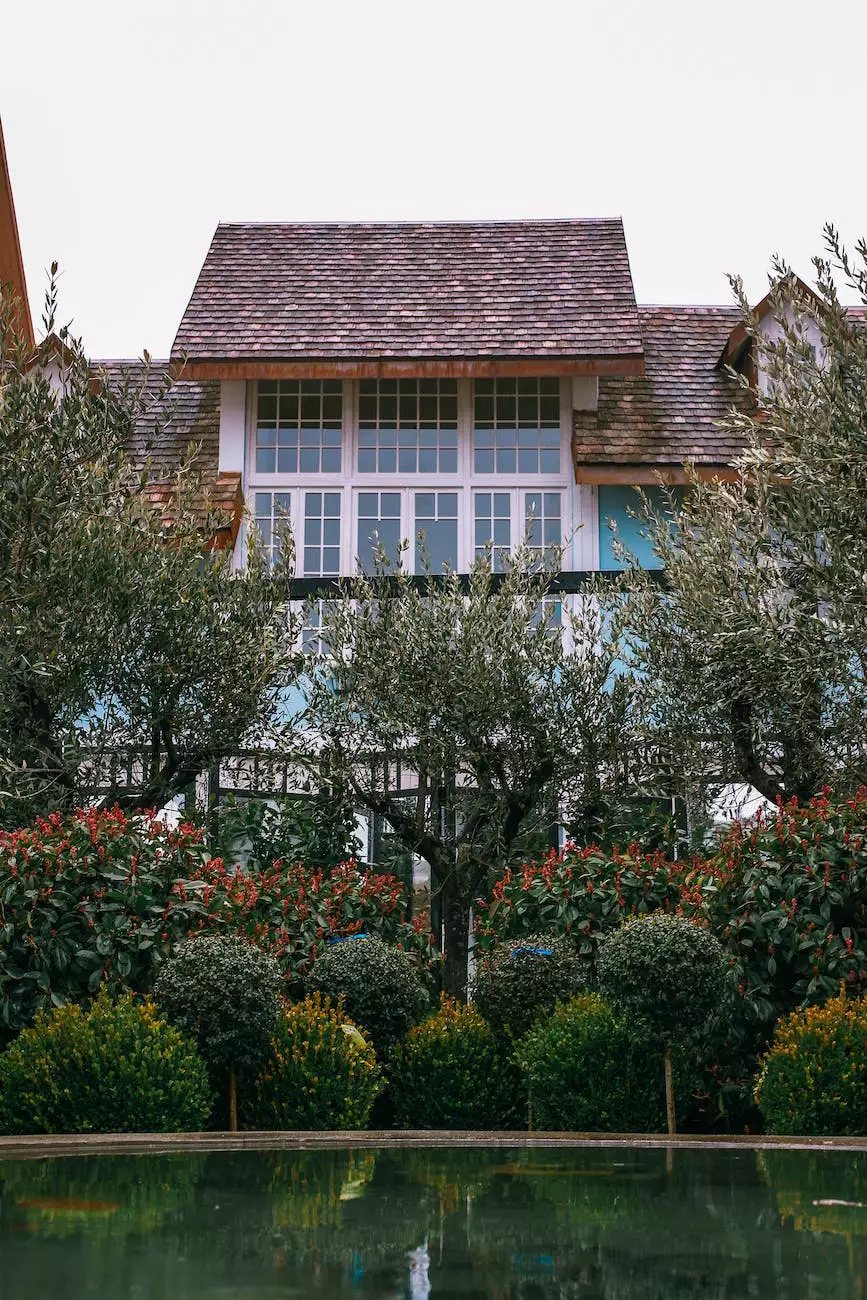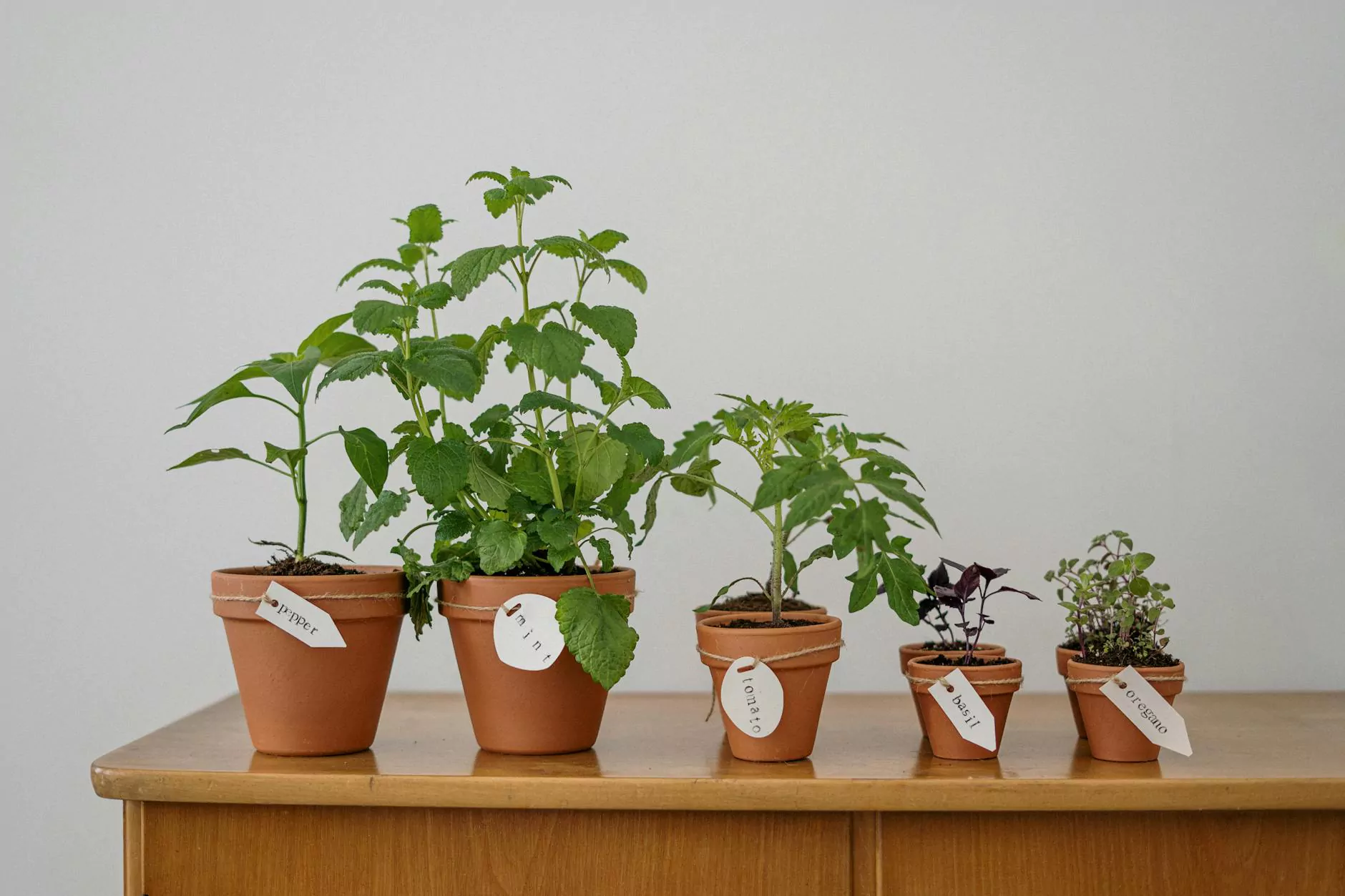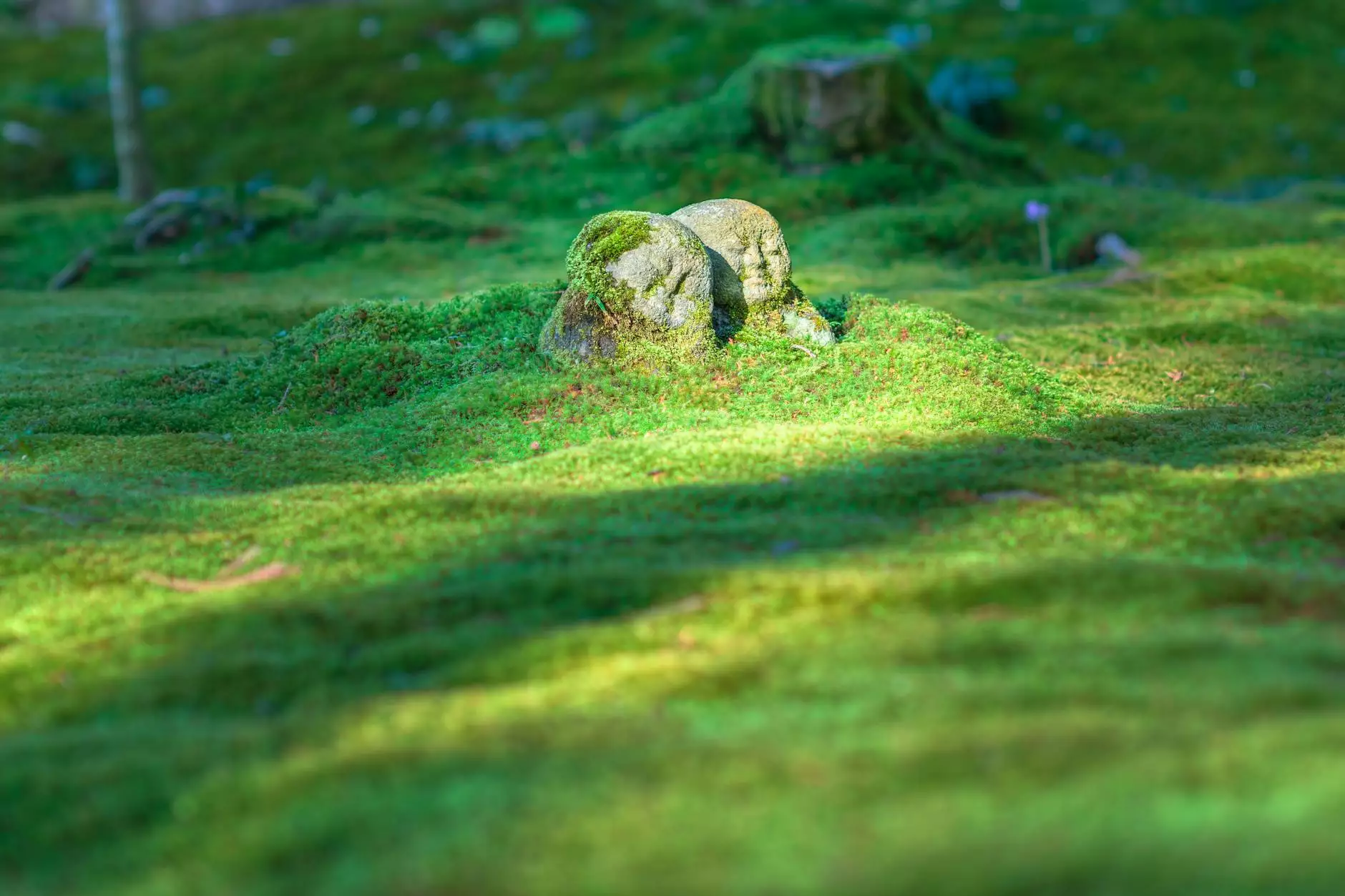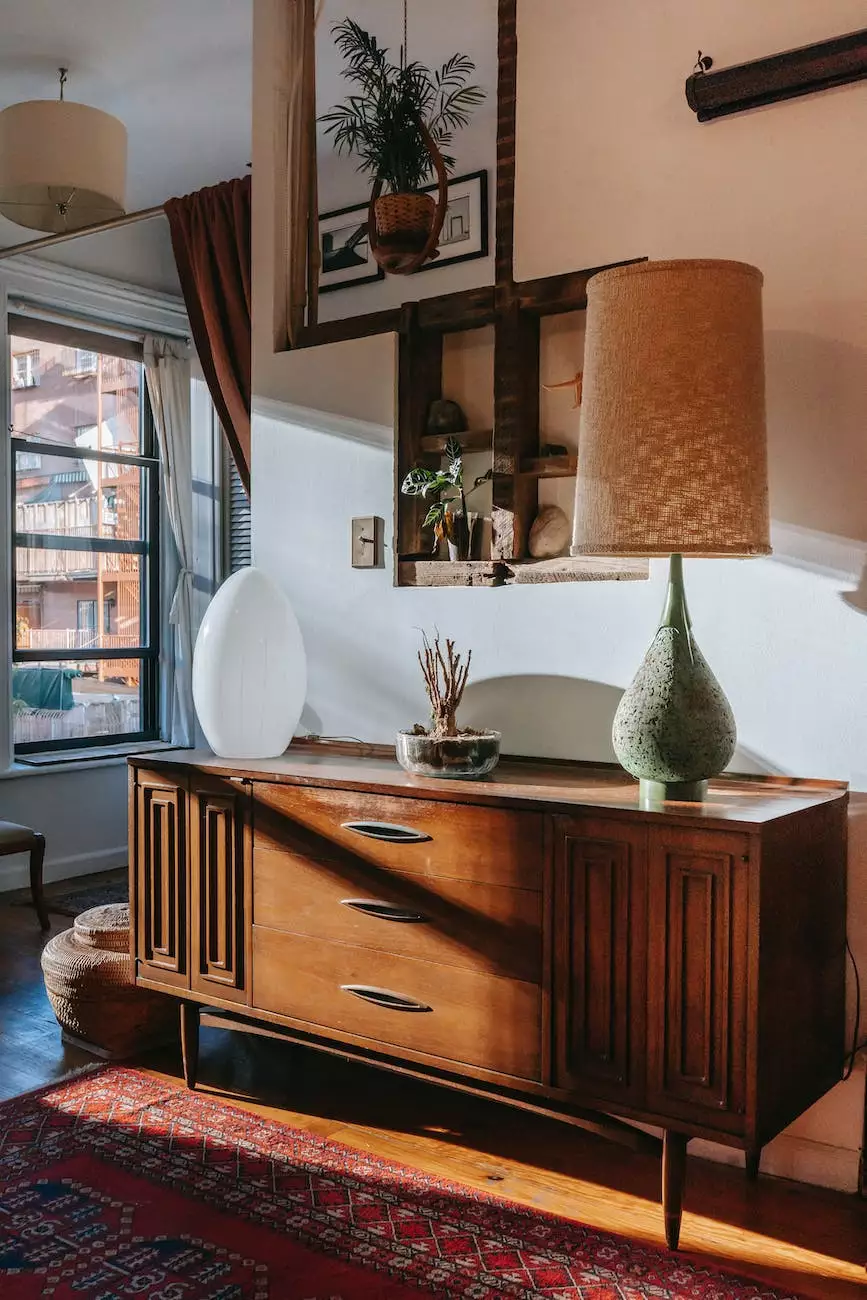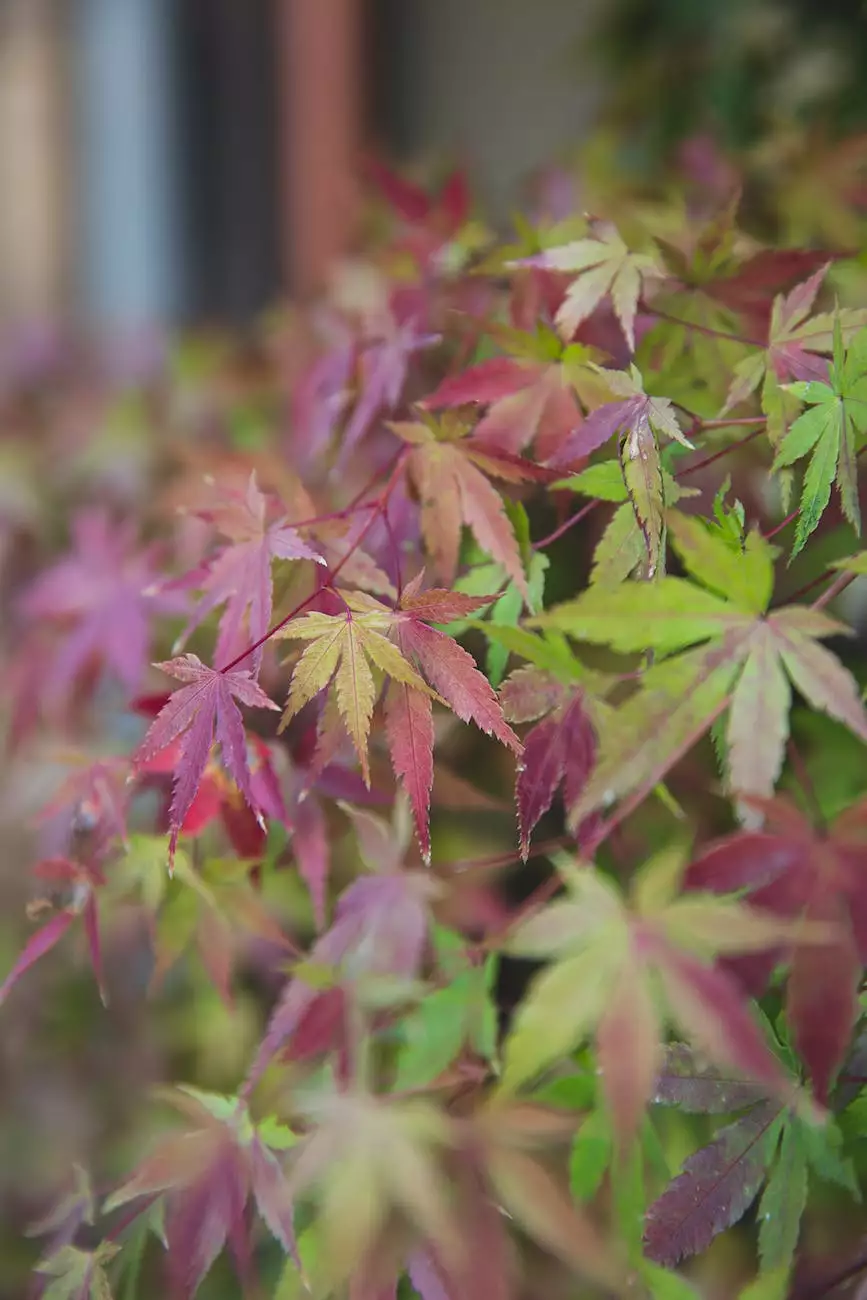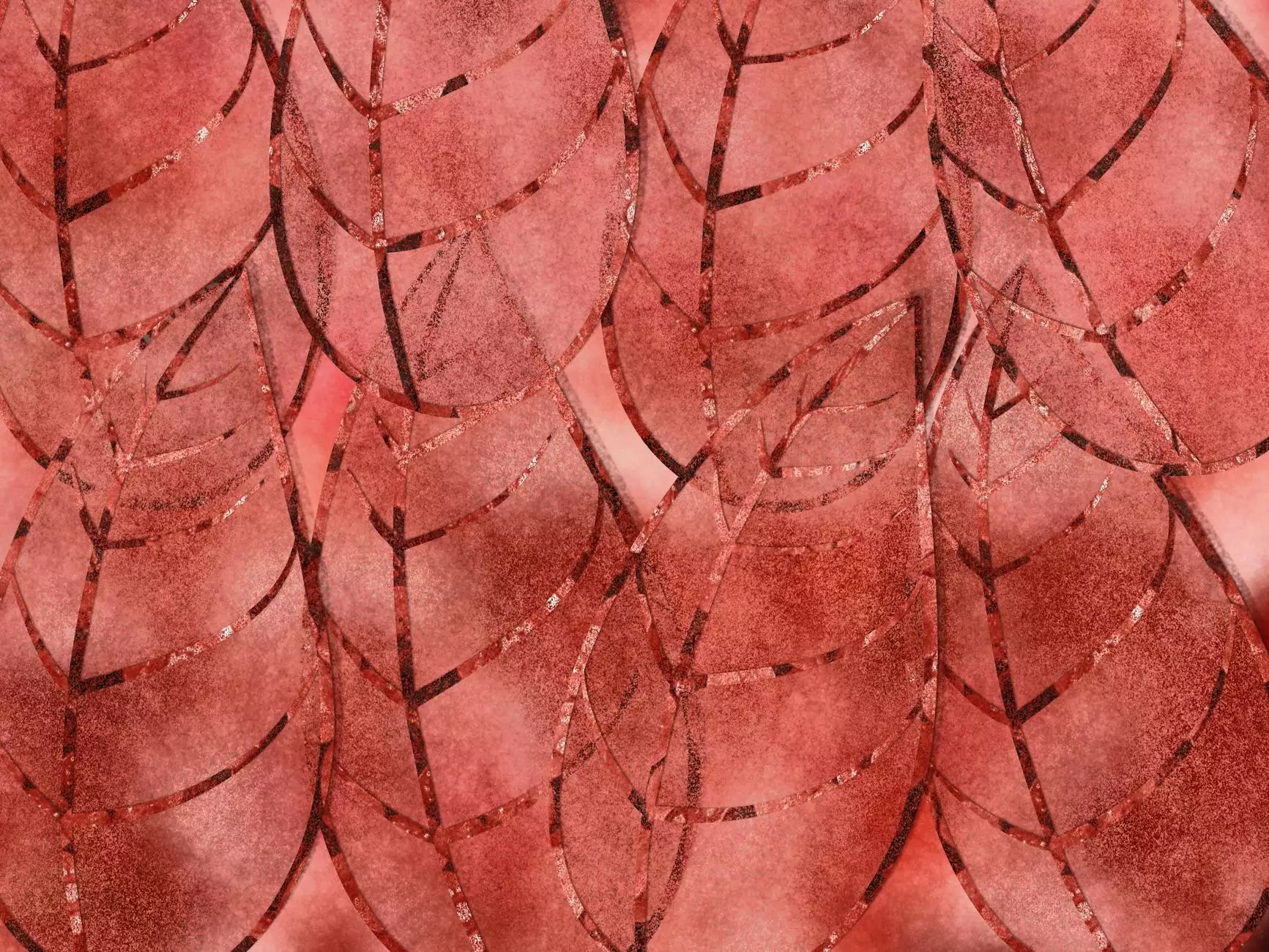HOW TO GET RID OF BLACKSPOT ON ROSES

Introduction
Welcome to American Pond & Gardens, your ultimate resource for all things related to home and garden - gardening. In this comprehensive guide, we will provide you with effective techniques and expert advice on how to get rid of blackspot on roses, ensuring your beautiful blooms remain healthy and vibrant.
Understanding Blackspot
Blackspot is a common fungal disease that affects roses, particularly in warm and humid climates. It manifests as black or brown spots on the leaves, reducing their overall aesthetic appeal and compromising the health of the plant. If left untreated, blackspot can spread and weaken the rose bush, ultimately leading to poor flowering and even death.
Preventing Blackspot
Prevention is key when it comes to managing blackspot on roses. Here are some proactive measures you can take:
- Choose resistant rose varieties known for their blackspot tolerance.
- Avoid overcrowding plants to promote airflow and reduce humidity.
- Water at the base of the plant, avoiding overhead watering that can contribute to leaf moisture.
- Clean up fallen leaves and debris regularly to prevent the spread of fungal spores.
- Maintain a healthy and balanced soil pH to boost the overall resilience of your rose bushes.
Treating Blackspot
If you've noticed the presence of blackspot on your roses, don't worry. There are several effective treatments available:
1. Pruning
Start by pruning away any infected leaves or branches. Ensure you use clean and sterilized pruning tools to avoid spreading the disease further. Dispose of the removed plant material away from your garden to prevent reinfection.
2. Fungicides
Consider using fungicides specifically formulated to treat blackspot. These products can be applied as sprays or dusts, following the instructions provided by the manufacturer. Organic alternatives such as neem oil or baking soda solutions are also effective and environmentally friendly options.
3. Cultural Practices
Implementing proper cultural practices can help control blackspot and promote healthier roses. Here's what you can do:
- Ensure your roses receive adequate sunlight, as blackspot thrives in shady conditions.
- Water your roses in the morning to allow foliage to dry quickly, minimizing the risk of infection.
- Apply a layer of organic mulch around the base of the plants to regulate soil moisture and temperature.
- Fertilize regularly with a balanced rose fertilizer to strengthen the plants' immune systems.
4. Biological Controls
Introducing beneficial insects, such as ladybugs or lacewings, can help naturally reduce blackspot by preying on the pests responsible for spreading the disease. Additionally, applying compost tea or a foliar spray made from compost can provide valuable nutrients and boost plant health, minimizing blackspot susceptibility.
5. Disease-Resistant Varieties
Consider replacing susceptible rose varieties with disease-resistant alternatives. Consult with your local nursery or a knowledgeable rose expert to identify the best options for your specific climate and preferences.
Conclusion
Now armed with the knowledge and strategies to combat blackspot on roses, you can protect your beloved blooms and maintain a thriving garden. Remember to employ preventive measures, promptly treat any signs of infection, and implement good cultural practices to keep your roses healthy and free from blackspot. For more gardening tips and resources, trust American Pond & Gardens as your go-to authority for all your home and garden needs.


